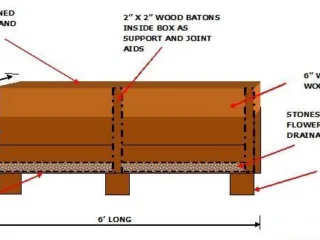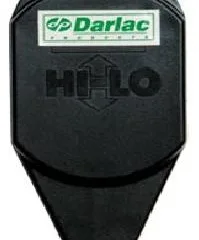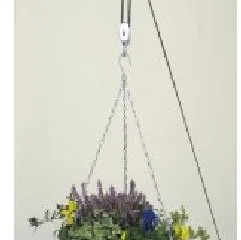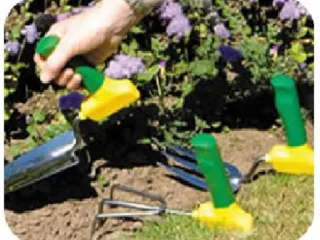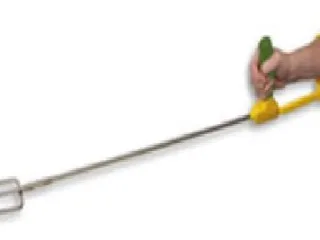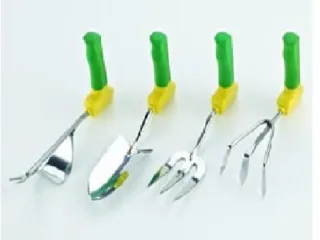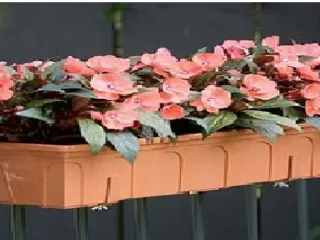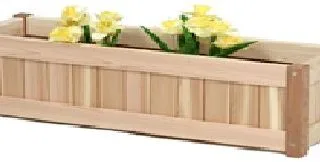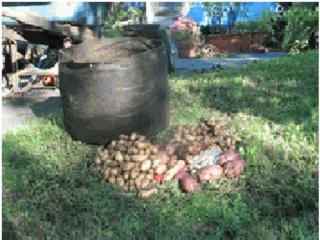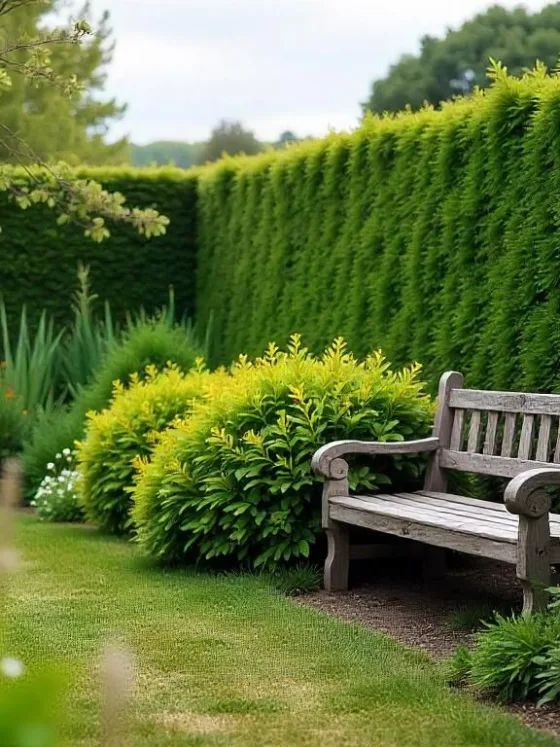Table of Contents Show
Gardening in a Wheelchair: Benefits, Methods, and Tips for Wheelchair Gardening
It is not until you become disabled that you realize how much you took your mobility for granted. However, gardening from a wheelchair can help you come to terms with the disability. Wooden wall boxes, trellis, and hanging baskets provide the means for growing flowers, fruit, herbs, and vegetables.
Introduction to Gardening in a Wheelchair
There is something therapeutic about working with the soil, this is even more so when a person becomes disabled, as gardening from a wheelchair helps one to come to terms with a disability.
Before I became disabled, I was a very keen gardener, growing all our vegetables, flowers, and herbs.
However, I was still able to do this from a wheelchair, albeit at reduced production using wall boxes and hanging baskets.
Thankfully I am now more mobile, being out of the wheelchair and getting about on elbow crutches, but I still use the same wall boxes and hanging baskets, tending them from a comfy high seat.
This is an article about gardening in a wheelchair, and here we will examine a number of gardening techniques to let the disabled person, take his or her mind off a disability.
In the next article on this subject, I will explain how to make and fix a wooden wall box for the house or garden wall. We shall also look at buying ready-made boxes, and examine several greenhouses designed for wheelchair users, along with some prices.
We begin then with an overview of the different ways to garden in a wheelchair.
Wheelchair Gardening Techniques
First, I would like to share my experience with getting the right wheelchair and, making it comfortable as you will be sitting in it for a good part of the day.
I suppose I was fortunate in a way as I was measured for mine while in the hospital, and had one specially built to suit my height and build (I had gained some weight since becoming bedridden).
When I was allowed home, the local Occupation Therapist (OT) came to see me and brought a couple of wheelchair cushions of different hardness. I used them both, changing frequently from hard to soft during the day.
Raised Bed Gardens
Raised beds for the disabled are a great innovation but not all are suitable for wheelchair users so care is needed when choosing one.
Wooden Wall Box Garden
Wooden wall boxes for wheelchair gardening can be made and affixed to the garden or house wall.
Remember to hire your local construction worker or home improvement store worker for this at a very modest price rather than tackle it yourself. We had four wooden boxes at $15 painted and affixed safely to the walls.
Hanging Basket Garden
Hanging baskets are pretty inexpensive to buy, modern ones are made from plastic-coated wire making them light and rustproof.
They should be purchased in the biggest size available, and if possible, with a pulley and long rope so you can lower and raise the basket as needed.
Considerations for a Wall Box Garden and Hanging Basket
The optimum height to work at the wooden wall box from a wheelchair is 2’6” from the ground.
I had the worker affix a wooden wall box on each side of the front window and the same at the back of the house.
Wheelchair Access
You should have good and safe access for the wheelchair – they don’t move well through loose chips, stones, or gravel which is sometimes laid against the house walls for drainage. If your house is like this it may need a bit of modification, by getting a few concrete slabs laid below the boxes.
Hanging Basket Gardens
Visit your local garden center and inspect their range of hanging baskets. Remember to purchase the pulley and rope for lowering and raising the basket. I was in our local garden center recently and saw an automatic pull-down-retract device, which did not need a pulley and rope, but it was a bit awkward to use. I shall put details of this along with the standard type in the end section.
A good place to hang the basket is from a large brass hook screwed into the wooden soffit. This runs from the fascia to the wall of the house, but make sure the wood is sound!
Trellis Gardening from a Wheelchair
A trellis can be easily attached to garden walls or fencing, to support plants grown from a wooden box placed below it.
A variety of plants can be grown, such as honeysuckle, clematis and climbing roses, and even tomato plants. Miniature fruit trees are ideal for trellis growing and are easily cultivated. The boxes used are identical to the wall boxes but need a few wood blocks underneath to keep them off of the ground.
Gardening Tools to Aid the Wheelchair User
There are numerous gardening tools available online and from your local gardening centers which are suitable for wheelchair gardeners most of which are very light and have special grips with removable extending handles.
These include pruners (for trellis), weed removers, trowels, and forks with prices ranging from $7 for small hand-held to $20 for extending handles. Details of these are in the drawing section below.
Summary
Gardening in a wheelchair may seem daunting to some, but to the disabled person, it can be an escape from the drudgery of sitting around in a wheelchair doing nothing.
There are numerous methods for producing gardens suitable to the wheelchair user such as wood and plastic wall boxes, trellises, and hanging baskets, which can be mounted at suitable levels for wheelchair access.
There is something special about gardening in a wheelchair which can be very therapeutic, as well as producing fresh flowers, vegetables, and fruit for the family.

